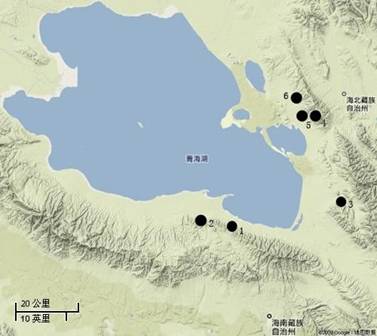|
 Research Progress Research Progress |
|
|
|
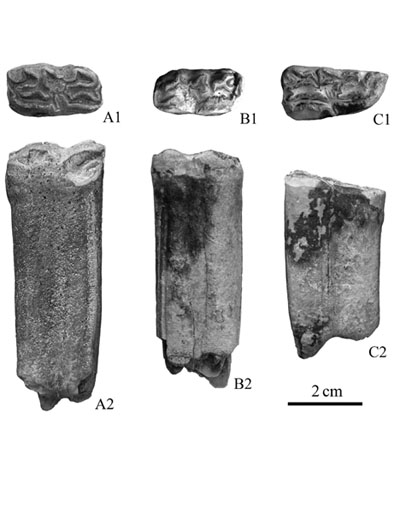 |
Two Rare Hipparion Species Found from Pliocene Deposits of Inner Mongolia |
| PANG Li-Bo, a graduate student paleontologist from Institute of Vertebrate Paleontology and Paleoanthropology, Chinese Academy of Sciences, identified two rare species of Hipparion- Hipparion (Baryhipparion) insperatum and Hipparion (Plesiohipparion) huangheense, from Pliocene sediments at the Gaotege locality, Inne... |
|
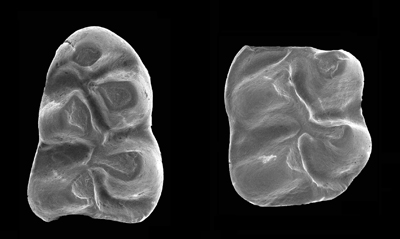 |
New Species of Nannocricetus Found in Damiao of Nei Mongol |
Holotype of Nannocricetus wuae (by Zhang et al.)
Dr. Zhang Zhao-Qun, Institute of Vertebrate Paleontology and Paleoanthropology, Chinese Academy of Sciences, and his colleagues, recently described a new cricetid species of Late Miocene, Nannocricetus wuae, from the locality of DM02, near the Damiao Village,... |
|
 |
Cranial Endocasts Supporting Giant Pandas Evolved As an Independent Family |
Virtual endocrania of Ailuropoda microta(A), the Late Pleistocene A. baconi (B),
extant A. melanoleuca (C) and Ursus maritimus (D). (By Dong Wei and Zhang Jue-Fei)
Dong Wei and Zhang Juefei, Paleontologists from Institute of Vertebrate Paleontology and Paleoanthropology (IVPP), Chinese Academy of Scienc... |
|
 |
IVPP Retired Professor Found a New Leuciscin Fish in Northern Xinjiang, China |
| SU De-Zao, a retired paleoichthyologist of Institute of Vertebrate Paleontology and Paleoanthropology, Chinese Academy of Sciences, found a new paleogene leuciscin fish, Tianshanicus liui sp. nov., in the Anjihaihe Formation in the Manas County in northern Xinjiang, as reported in the latest issue of Vertebrata PalA... |
|
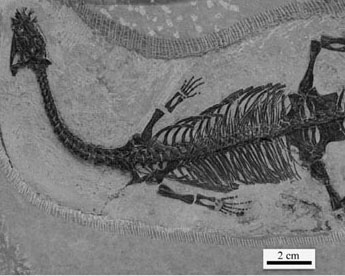 |
New Eosauropterygian Found in Eastern Yunnan, China |
| The marine Triassic deposits in southwestern China have yielded numerous vertebrate fossils (ichthyosaurians, sauropterygians, thalattosaurians, and fishes). A new eosauropterygian, Diandongosaurus acutidentatus gen. et sp. nov., a complete skeleton with the skull articulated, was found from the Upper Member of Guan... |
|
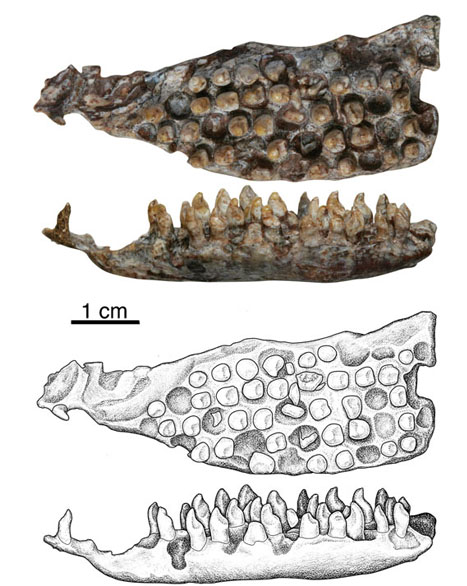 |
New Captorhinid Reptile Found in China |
| A new captorhinid reptile, Gansurhinus qingtoushanensis, gen. et sp. nov., was found from Xidagou Formation (Middle Permian) at Qingtoushan (Dashankou) locality near Yumen, Gansu Province, and from Naobaogou Formation (Late Permian) in Baotou, Nei Mongol, China, as reported in the recent issue of Naturwissenschaften... |
|
|
|
 |
Canine Tooth from Peking Man Identified in Sweden |
| Paleontologists from Institute of Vertebrate Paleontology and Paleoanthropology (IVPP), Chinese Academy of Sciences, and Swedish colleagues from Uppsala University, recently identified a unique canine tooth from Peking Man among the contents of the 40 cartons left unopened and forgotten at the Museum of Evolution at... |
|
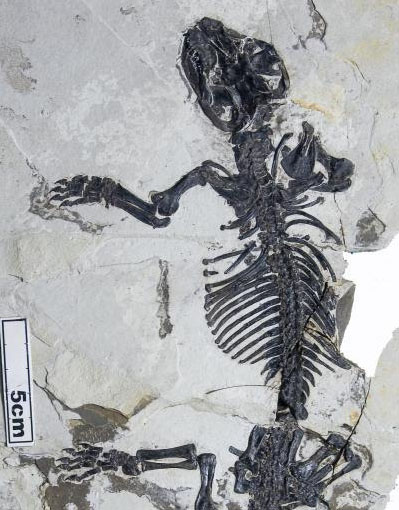 |
Fossil Mammal With Transitional Middle Ear Found in China |
| The transference of post-dentary jaw elements to the cranium of mammals as auditory ossicles is one of the central topics in evolutionary biology of vertebrates. Homologies of these bones among jawed vertebrates have long been demonstrated by developmental studies; but fossils illuminating this critical transference... |
|
|
